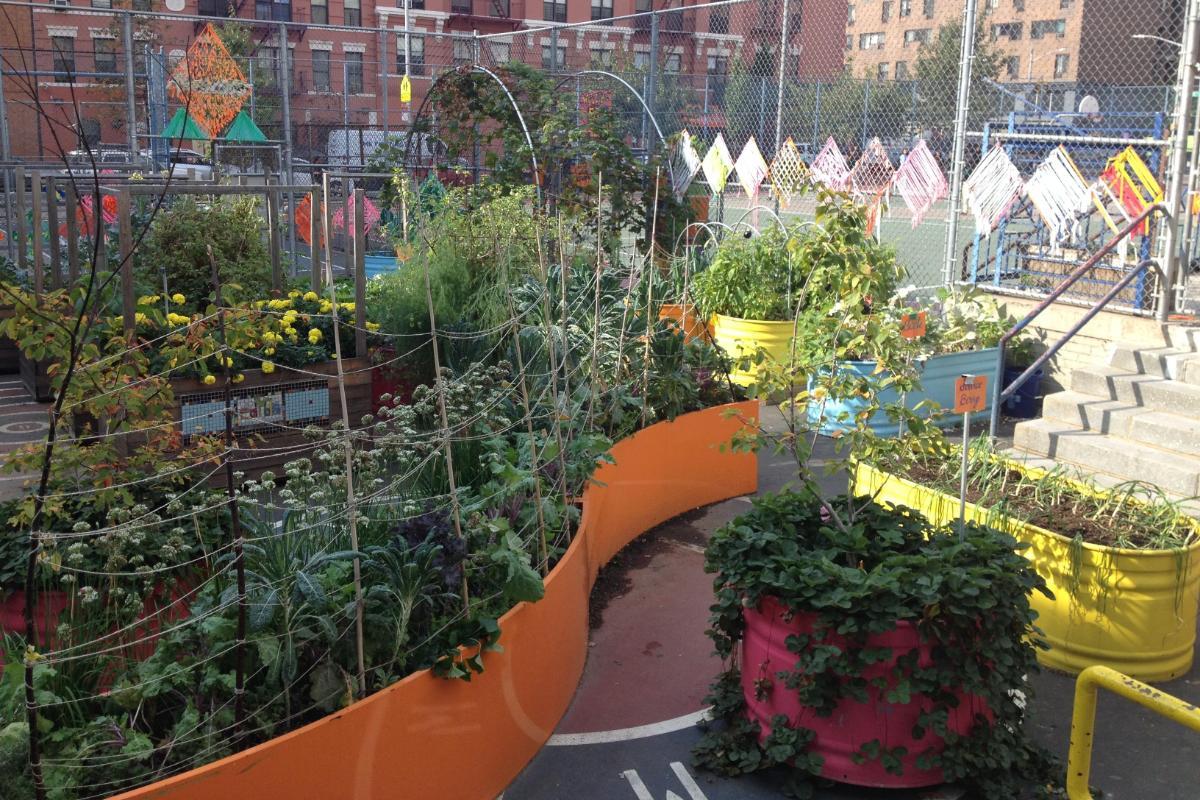This research brief describes the background study that led to the conception of the GREEN (Garden Resources, Education, and Environment Nexus) Tool and highlights how it can be used to strengthen school gardens. The purpose of the study was to examine which components make up a well-integrated garden in New York City schools and to determine how those components work together. This study resulted in the GREEN Tool, comprised of a Map illustrating how and when to operationalize the 19 components needed to establish, integrate, and sustain a school garden, and a Scorecard with questions on a 3-point scale to assess progress on the 19 components. Used together the Map and Scorecard can help school garden leaders develop and sustain a garden that is well-integrated into the school. This brief focuses on the background study and the GREEN Tool Map, and includes policy recommendations based on research findings.
For next steps on the GREEN Tool research, follow Dr. Katherine Burt at Lehman College.
Research Brief:
Burt KG, Koch PA, Uno C, and Contento IR. e GREEN Tool (Garden Resources, Education, and Environment Nexus) For Well-Integrated School Gardens. Laurie M. Tisch Center for Food, Education & Policy at the Program in Nutrition, Teachers College, Columbia University. Research Brief, August, 2016.
Related Publications:
Burt K, Koch P, Contento IR. Development of the GREEN (Garden Resources, Education, and Environment Nexus) Tool: An Evidence-Based Model for School Garden Integration. Journal of the Academy of Nutrition and Dietetics. 2017;117(10):1517-1527.e4
Burt K, Koch P, Contento IR. Implementing and Sustaining School Gardens by Integrating the Curriculum. Health Behavior and Policy Review. 2017;4(5):427-435(9)
Burt K. A Complete History of the Social, Health, and Political Context of the School Gardening Movement in the United States. Journal of Hunger& Environmental Nutrition. 2016;11(3):297-316
This research was funded by the Laurie M. Tisch Illumination Fund Tisch Doctoral Fellowship.
